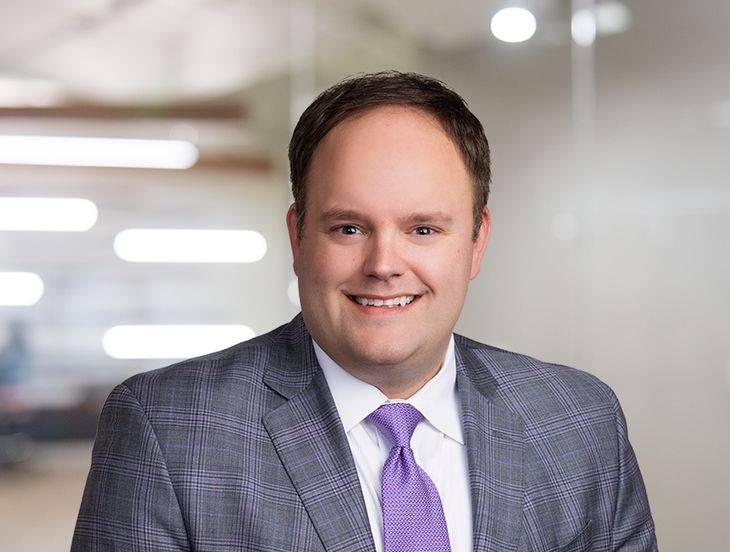College Basketball Players Group Tips-Off Battle Over Student-Athlete Employment Status
Insights
11.16.21
A nascent “advocacy” group just opened the first front in the newest battle over the status of collegiate student-athletes under the National Labor Relations Act. The College Basketball Players Association filed a one-line unfair labor practice charge against the NCAA last week, claiming the NCAA violated the NLRA by classifying college athletes as student-athletes. The filing comes on the heels of a recent memorandum from the NLRB’s general counsel in which she announced her belief that student-athletes were employees under the NLRA. What do universities need to know about this November 10 development?
The General Counsel’s Playbook
NLRB General Counsel, Jennifer Abruzzo, who was installed after the unceremonious (and possibly unlawful) ouster of her predecessor moments after President Biden’s inauguration, has taken a predictably aggressive approach in her enforcement powers under the NLRA. In her role as the Board’s “prosecutor,” she has discretion over what issues she wants to prioritize and what issues she wants the NLRB’s five-member Board to consider or revisit. Among the myriad issues Abruzzo hopes the now Democratic-majority NLRB will revisit is the status of collegiate student-athletes and whether those athletes are entitled to the rights and protections afforded to employees under the NLRA.
In a September 30 memorandum, Abruzzo announced her position that “certain players at academic institutions are employees.” While this group is limited — likely including only scholarship football and basketball players at NCAA Division I institutions — Abruzzo declared her intent to prosecute a case before the NLRB that would lead to a finding of employee status. This is despite the fact that the NLRB sidestepped similar arguments several years ago in its Northwestern University decision where members of that school’s football team attempted to unionize.
As discussed in our prior Insight on the General Counsel’s memorandum, Abruzzo’s analysis begins by explicitly stating that university students playing sports should not be misclassified as “mere student athletes” but instead as employees. Such misclassification, leading the students to believe that they do not have statutory protections, is a violation of Section 8(a)(1) of the Act according to Abruzzo. It is this conclusion that the unfair labor practice against the NCAA seizes upon.
Off the Bench and Into the Game
While the General Counsel has significant discretion about how she wants to advance or reshape current labor law, she cannot unilaterally act. She needs a case to prosecute. With its unfair labor practice charge, the College Basketball Players Association has provided her with the vehicle she needs to advance her employee theory.
Interestingly, the charge itself was not filed by a college athlete. It was instead filed by Michael Hsu, a co-founder of the CBPA, who has told media outlets that no current student-athlete was willing to participate. Evidently, Hsu recently learned of the NLRB’s position that even non-employees can file labor board complaints against an employer and he decided to do so himself. According to a statement published by Bloomberg, Hsu said “Let’s give Jennifer Abruzzo and the NLRB the ball, and let them run with it.”
The charge will now be processed by the NLRB’s Region 25 office in Indianapolis. This involves a preliminary investigation in which the NLRB’s field attorneys will first seek evidence from the NCAA and the CBPA. It will then reach an initial conclusion as to whether there is probable cause to issue a complaint. Given Abruzzo’s stated support, it is expected that a complaint will issue. This will then be followed by a hearing before an administrative law judge. Following a decision by the judge, observers expect the issue (however decided) will be appealed to the full NLRB for consideration. This process will likely take a year or more.
While the charge only claims that the NCAA has violated labor law by misclassifying student-athletes, it is likely that this case (or one like it) will have further ramifications. We expect it to also be used to test the General Counsel’s argument that the NCAA and its athletic conferences are “joint employers” and can be held responsible for alleged violations of labor law, even though neither the NCAA nor any conference “employs” student-athletes. Given that a majority of NCAA Division I institutions are public entities, this argument also sets up an interesting face-off concerning the jurisdictional reach of the NLRA.
What Do Universities Need to Know Now?
It is important to note that the filing of the complaint is just that – a complaint, where an aggrieved party has simply claimed a violation has occurred. No determination has yet been made by the General Counsel or the NLRB, and the current state of the law remains unchanged.
Nevertheless, private institutions (the NLRB does not have jurisdiction over public entities) should take caution when contemplating any potentially adverse action against scholarship athletes in response to anything that could be construed as “protected activity.” The filing of the unfair labor practice charge is the next step towards Abruzzo’s goal of establishing the employment status of student-athletes. Whether, how, or when the NLRB ultimately decides this issue is still unknown.
We’ll continue to monitor developments in this area and provide updates as warranted. To ensure you stay up to speed, make sure to subscribe to receive Fisher Phillips Insights directly to your inbox. If you have questions about the impact of this memo on your educational institution, please contact your Fisher Phillips attorney, the author of this Insight, or any attorney in our Sports, Higher Education Practice Group, or Labor Relations Practice Group.
Related People
-
- Joshua D. Nadreau
- Regional Managing Partner and Vice Chair, Labor Relations Group
